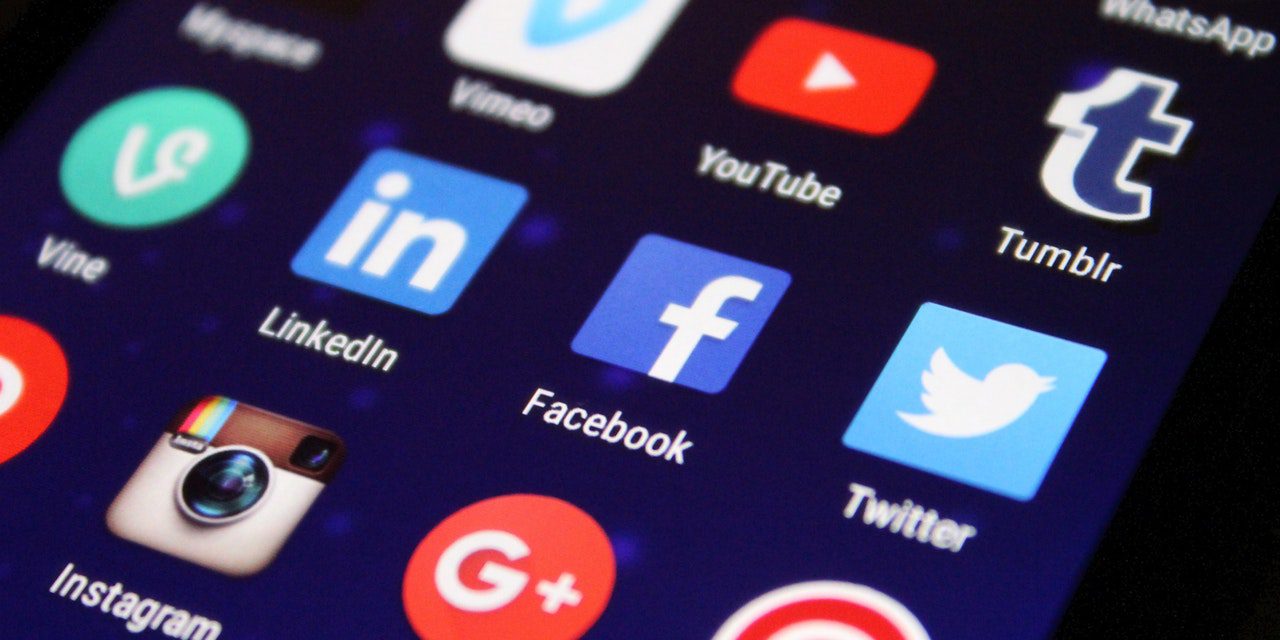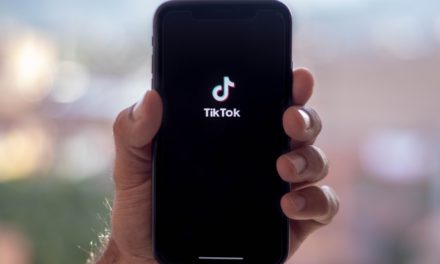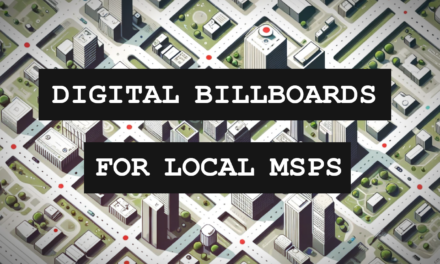Build A Following For Your Managed IT Company Across Multiple Platforms With Any Budget
Over the last few years, it has been increasingly more important that your company start building an audience on social platforms such as LinkedIn, Facebook, & Twitter. This is not news, nor is it mind-altering advice, but for some reason Managed IT Providers continue to struggle with executing a basic social strategy on a consistent basis. The MSPs that do embrace this culture shift tend to go “all-in” on one platform (like Facebook) and live and die by the state of their algorithm. While, this is better than nothing, it is still a bit of a risk putting all of your eggs into one basket. This is especially true when it is not your basket to begin with it and everyone else in the world is trying to put their eggs in too.
I am here to tell you that in 2020 and beyond, even this is no longer a sound strategy. If you want to truly build a brand in IT, you need to embrace every platform that your audience uses, maintaining your relevance from every angle. Here is our re-targeting strategy for diversifying your social following across every platform, while keeping cost per acquisition low in the process.
Generate Highly Targeted Traffic To Your Hosted Content
The general concept of this strategy is to build an inbound stream of traffic to your content from one source, then re-target those same visitors across every other social platform with ads that ask them to like or follow your company page. Since this audience consists entirely of visitors of your site, they are familiar with your brand and have already engaged with your content. Targeting them again on a different platform substantially increases the likelihood that they engage on that platform as well, making your cost per follower significantly lower.
To start building your initial fleet of targeted traffic, we found the best source right now to be LinkedIn. Being able to target specific Industry and Job Titles allows you to build an audience made up exclusively of Business Decision Makers. The more relevant your content, the lower your cost per click will be, assuming you are bidding on a CPM (cost per thousand impressions) basis.
The biggest downside of LinkedIn traffic at the moment is that the majority of usage occurs in short windows of time during normal business hours. The best value for targeting US based businesses appears to occur in the beginning of the week during the hours of 7am-11:30am EST. As traffic dwindles outside of that time-frame, bidding will become more competitive and you will need to pay more to generate a click. LinkedIn does not currently have a way to schedule ads by time of day, so if you are budgeting for value, you may need to manually start and stop your ads.
This type of traffic behavior is the exact reason that diversifying your following is so important. If you are only generating engagement during one platform’s peak engagement times, then you are missing out on a significant amount of activity elsewhere.
The Ultimate Guide To Cash Flow For Managed Services
Sponsored by Alternative Payments & Zest
Build Re-targeting Audiences From Your Site Visitors
Simultaneously while launching your campaigns, you should also start to build your audiences by installing scripts on the blog or site that you are hosting your content. This will log each visitor as they hit your site and give you the ability to re-target the visitor after they leave. Each platform requires its own script, but it is generally as simple as ‘copy and paste’ to install them.
Here are a few tutorials on how to build re-targeting audiences on the major social media platforms that Small-Medium Business Owners and Operators use the most.
- Twitter – Intro to Tailored Audiences
- Facebook – Use Facebook Pixel
- Instagram – How To Retarget On Instagram
- LinkedIn – Website Retargeting
It is important to install these tags before you begin funneling traffic to your site. Any visitors that hit your site before the tag is installed will not be included in your audience and you will not be able to re-target them.
The platforms typically do not allow you to run ads against an audience until the audience reaches a certain size. Unless you are spending a significant amount in your initial “audience building” campaign, you likely will need to allow traffic to come in for several weeks before you can fully use the audiences. The audience will probably hit it’s ideal size after 30 days since that is generally the half-life of a re-targeting cookie.
Launch “Follower” Campaigns For Your Company Accounts
Once your audience becomes large enough, you can now start to run ads across all platforms to build up your following. These ads do not have to be incredibly inventive. At a minimum they should just represent your website’s look and feel and remind the audience what type of content they can expect from you.
Most platforms allow for the use of various types of media for your ad. If you have ability to produce video, this can create a higher engagement than just text and images. Facebook makes this easy with their video templates, which allow you to upload images from your account and create a video ad in minutes.
It is important to limit the objectives you are attempting to achieve with a single ad. If you are creating an ad with the intent to generate website visitors and page followers at the same time, you will likely not get very good results for either. If you are executing the strategy described here, it is important to write your copy and structure your ads solely around getting followers.
Remember that acquiring these followers is more of an insurance policy and shouldn’t be measured by short-term ROI. You should look to keep your cost per follower relatively low, starting with the minimum bid allowed and slowly scaling up until you achieve the right balance of volume and return.
The Ultimate Guide To Cash Flow For Managed Services
Sponsored by Alternative Payments & Zest
Increase Organic Followers With Automated Content
One of the primary reasons that Managed IT Providers typically only post to one social platform is a lack of time. We solve this problem by using a social media management system that allows for auto-posting to every platform on a schedule. Posts are created all at once and then deployed on a routine basis, doing away with the time management issues associated with managing multiple accounts.
Staying active on each platform will yield the highest return on your investment into social diversification. Since your audience is already proven to be highly engaged, they will be more likely to comment, share, and like your content. This will increase your organic reach and will net new followers that were not part of your initial target audience.
If these new followers visit your website, they then get put into your re-targeting campaigns for other platforms and the cycle repeats itself. Here is an example of how this process plays out:
You bring a Managing Partner from the Legal Industry to your site from LinkedIn. They later see your page follower ad on Facebook and like your page. A day later you post an article on Facebook that they comment on, now exposing that post to a group of their peers, some of which are also Partners at Law Firms. One of those Partners clicks through to your article, adding themselves to your re-targeting audiences on all other platforms. They later see your page follower ad on LinkedIn, and now go from being a friend of a Facebook follower to a LinkedIn follower for a very low cost.
It will take a few months for this cycle to really pick up steam, but once it does you will begin to see an incredible compounding benefit with a long term ROI that is hard to match. The bottom line is that diversification of your social following shouldn’t mean substantially increasing your time spent and quadrupling your budget. If it does, than you are likely taking the wrong approach or using the wrong vendor.

SPONSORED BY ZEST

















